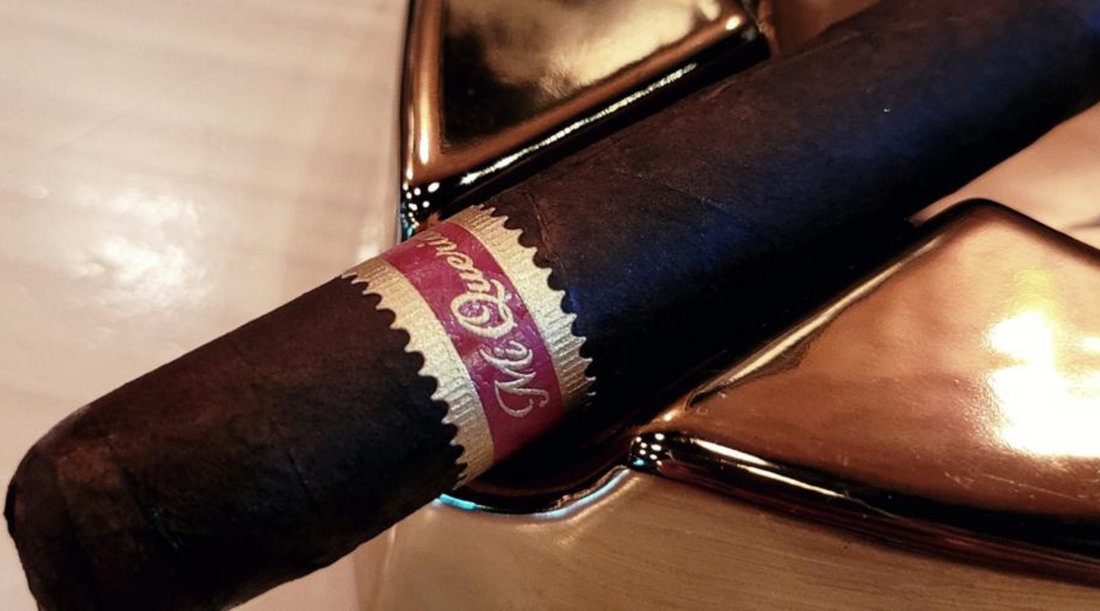Welcome to Cigar 101, where we unravel the mysticism of cigar smoking and guide you through the basics of this storied pastime. Whether you're a newbie looking to try your first cigar or an experienced smoker looking to brush up on your knowledge, this class is the perfect starting point.
The History and Culture of Cigars
Cigars have been a symbol of celebration and success for centuries. Its origins date back to the indigenous tribes of the Caribbean and Central America, where tobacco was not just a plant, but a cultural pillar. When Europeans arrived in the New World, they quickly adopted the practice of smoking rolled tobacco leaves, and thus the cigar was born.
Understanding the Types of Cigars
Cigars come in various shapes and sizes, known as vitolas, each offering a unique smoking experience. Here are some you should know:
- Robust: Short and thick, robustos are ideal for a satisfying smoke that doesn't require hours of your time.
- Churchill: Named after the famous British Prime Minister, these are longer, offering a long, contemplative smoke.
- Panatela: These are longer and thinner than most cigars, providing a more delicate and smooth flavor.
The Craftsmanship Behind the Cigars
The making of a cigar is an art form, often passed down through generations. It begins with the selection of tobacco, which is then cured, fermented and aged. The leaves are sorted for their intended use: wrapper, binder or filler. The cape is the outermost leaf, valued for its soft texture and appearance. The binder holds the filler in place, and the filler is the tobacco blend that defines the flavor of the cigar.
Choosing Your First Cigar
When selecting a cigar, consider the following:
- Strength: Varies from soft to strong. Beginners may want to start with a milder cigar.
- Size: Affects the length of your smoke. A smaller cigar is better for beginners.
- Country of Origin: The soil and climate of regions such as Cuba, Nicaragua and the Dominican Republic contribute to the flavor profile of the tobacco.
How to Smoke a Cigar
Smoking a cigar is an experience to be savored. Here we show you how to do it correctly:
- Cutting: Use a quality cigar cutter to trim the wrapper of the cigar.
- Lighting: Light your cigar with a butane lighter or a wooden match, toasting the stem without letting the flame touch the tobacco.
- Smoke: Breathe the smoke into your mouth, savor the flavor, then exhale. Unlike cigarettes, you don't inhale cigar smoke.
Pairing Cigars with Drinks
Pairing cigars with the right beverage can enhance the experience. A robusto can pair well with a single malt whiskey, while a light panatela can go well with a white wine or light beer.
Storing Your Cigars
Proper storage is crucial. A humidor, which controls humidity, is the best option. Cigars should be kept around 70% humidity to maintain their freshness.
Label and Enjoy
Cigar smoking is as much about ritual as it is about relaxation. Take your time, enjoy the flavors and respect the space and the company you are in.
Conclusion
Cigar smoking is a hobby that requires patience and appreciation for the craftsmanship. As you embark on this journey, remember that the world of cigars is vast and varied. Every cigar you light is a new chapter in your continuing education. So, cut carefully, light gently and smoke calmly. Welcome to the timeless tradition of cigar smoking.

